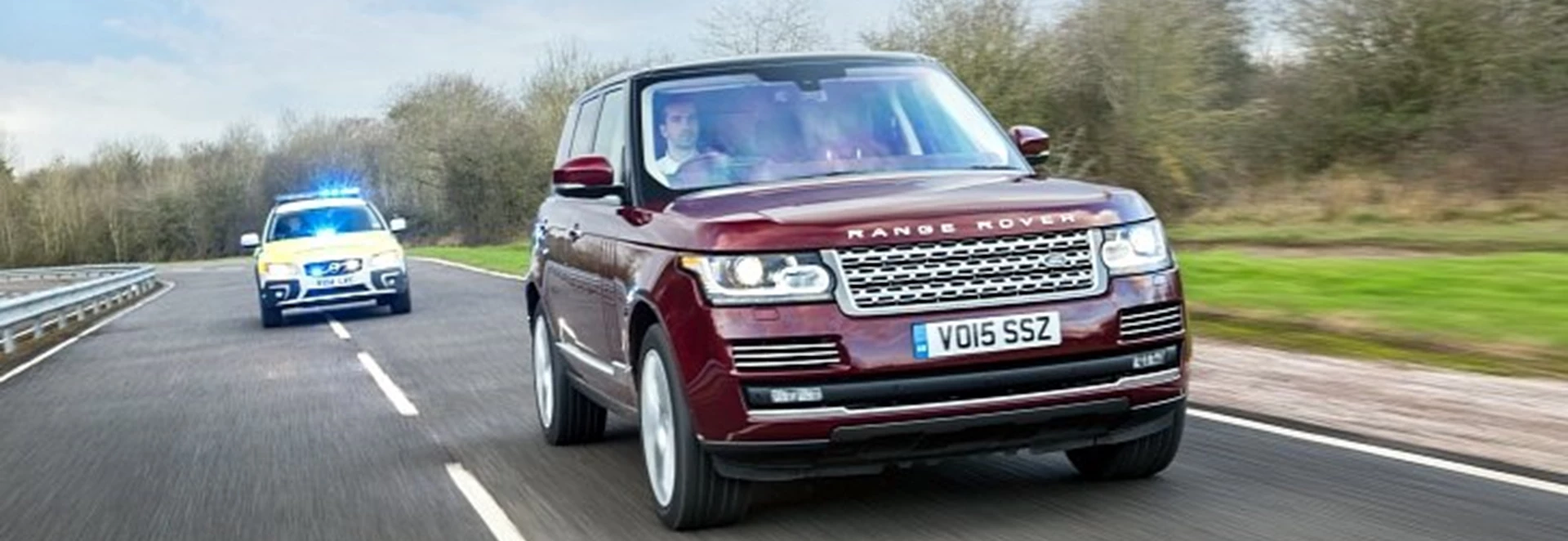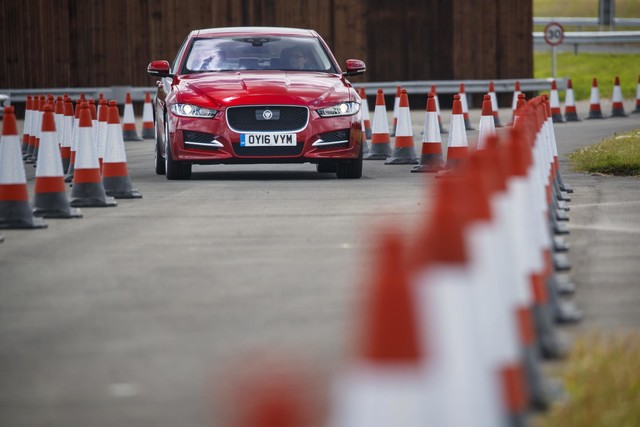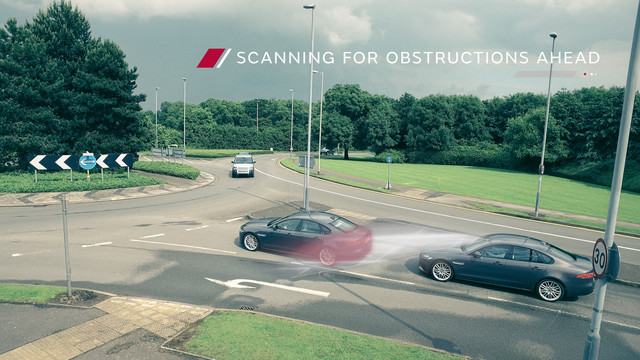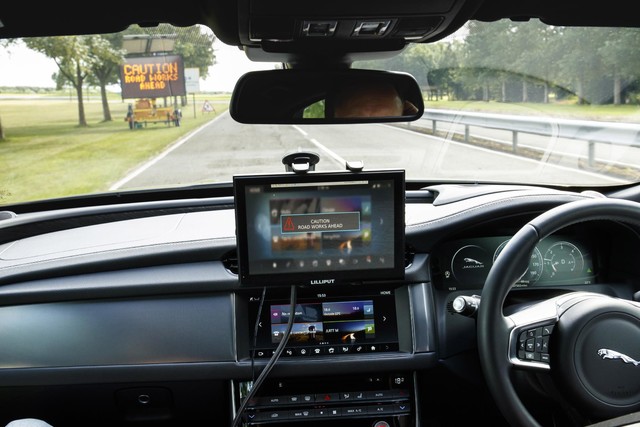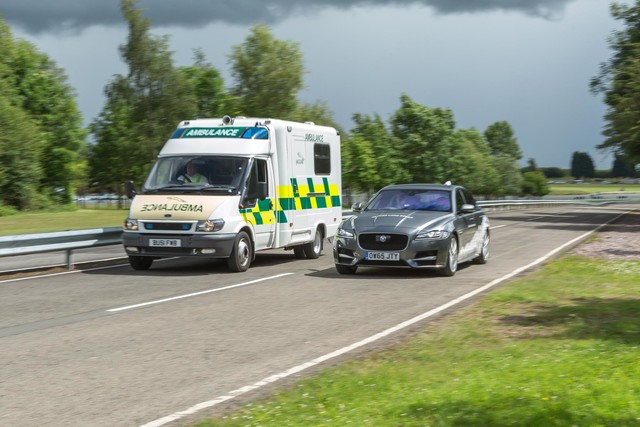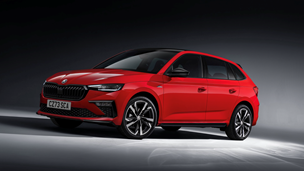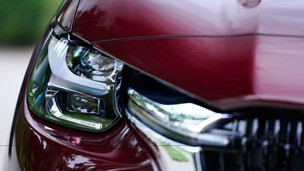Jaguar Land Rover (JLR) has big plans for autonomous and connected technology and will create a fleet of more than 100 research vehicles over the next four years, some of which will drive around the Midlands.
The first tests will develop vehicle-to-vehicle communications and vehicle-to-infrastructure technology, allowing cars to share information between each other and road signs, gantries and even traffic lights, with possible benefits for traffic flow and safety. Fitted to future versions of models including the Range Rover and Jaguar XF, the tech should make driving more relaxing and safer, potentially lowering insurance costs to boot.
Keen drivers could benefit too apparently, with JLR's head of research Tony Harper saying: "Imagine being able to receive a warning that there’s a hazard out of sight around a blind bend. Whether it’s a badly parked car or an ambulance heading your way, you could slow down, pass the hazard without fuss and continue on your journey.”
Roadwork Assist
Using forward-facing cameras to create a 3D image of the road ahead, future JLR models will be able to identify roadworks and steer the best path through them. "Driving through congested roadworks can be a stressful experience for many people, especially when the lanes narrow and switch to the other side of the road, or if road markings are faint, obscured or missing," Tony said.
“To overcome this, our prototype system will guide the vehicle to the centre of the narrow lane, reducing driver workload and stress. With further research, in the future this system could enable the car to drive autonomously through roadworks.”
Safe Pullaway
Using the same stereo cameras, future models will be able to tell if a vehicle or object is close to the front of the car if the driver accidentally selects ‘Drive’ and presses the accelerator too hard, preventing a common cause of low-speed accidents.
Over the Horizon Warning
By using radio signals to communicate with each other, drivers and autonomous vehicles could be warned of hazards and obstacles over the horizon or around blind corners.
Emergency Vehicle Warning
It can be difficult to know when an emergency vehicle is approaching on a blue light run, so this technology would allow connected ambulances, police vehicles and fire engines to warn other vehicles. This warning would be possible sooner, and alert the driver of the direction and distance of the emergency vehicle.
